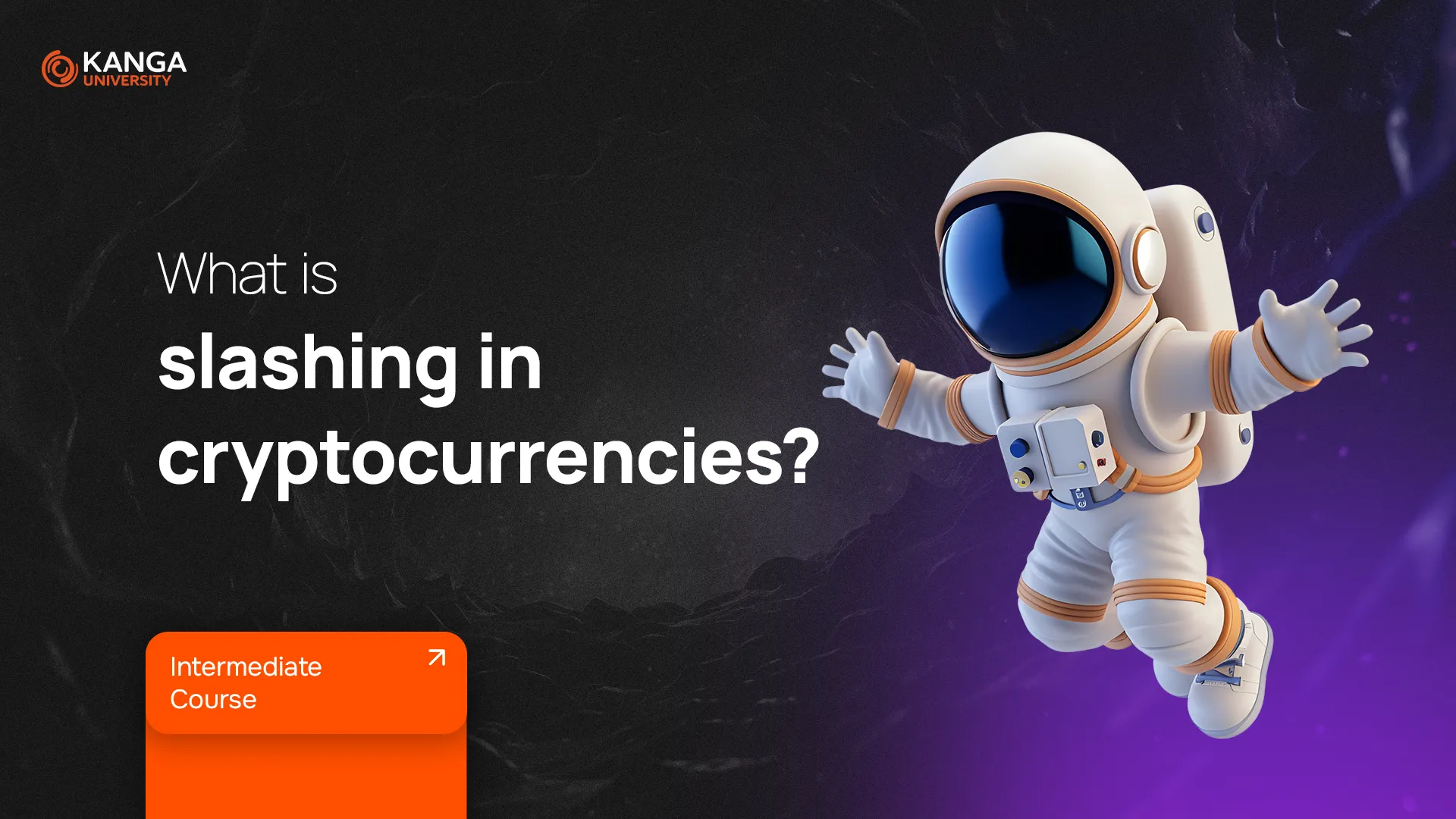
In the world of cryptocurrencies, there’s more to earning than just trading tokens. If you’ve heard of staking—locking up your crypto to support a blockchain—you might also have come across the term Proof-of-Stake (PoS). In this system, certain users, called validators, help run the network by confirming transactions and creating new blocks.
But being a validator isn’t risk-free. If they make a mistake or break the rules—intentionally or not—they can be punished. That’s where slashing comes in.
What Is Slashing?
Slashing is a penalty mechanism used in Proof-of-Stake networks to discourage bad behavior by validators. When a validator misbehaves—whether due to negligence, technical failure, or malicious intent—they can lose part of the crypto they’ve locked up as collateral.
In short, slashing is how blockchain networks say: “Play fair—or pay the price.”
How Does Slashing Work?
To become a validator, you have to deposit (or “stake”) a certain amount of crypto as a guarantee of good behavior. This stake shows that you have something to lose—so you’re incentivized to follow the rules.
But if you go offline for too long, try to cheat the system, or cause a disruption, the network can slash your stake. In severe cases, you could lose your entire deposit and be banned from validating again.
Each blockchain has its own rules. For example, Ethereum, Cosmos, and Polkadot all use slashing—but with slightly different penalties and thresholds.
The Three Main Reasons for Slashing
1. Downtime
Validators are expected to stay online and ready to participate in the network. If a validator goes offline too often or for too long, it disrupts the block production process and weakens network security. As a result, downtime can trigger a slashing penalty.
2. Double Signing
This is more serious. It happens when a validator signs two different blocks at the same time, whether by mistake or on purpose. Double signing can lead to forks in the blockchain and seriously damage the system’s integrity.
3. Consensus Manipulation
Any attempt to interfere with the network’s consensus process—especially with bad intentions—can result in slashing. These kinds of attacks are treated harshly because they directly threaten the security and trust of the blockchain.
How to Avoid Slashing
The good news? If you’re careful, slashing is entirely avoidable. Here’s how:
-
Pick a blockchain that doesn’t use slashing
Some projects—like Tron, Algorand, Neo, VeChain, and Band Protocol—don’t apply slashing penalties. This lowers the risk for validators. -
Understand the protocol’s rules
Each network has its own staking and slashing policies. Study them before you commit any funds. -
Use a trusted validator or staking provider
If you’re not running your own validator node, choose a well-established staking service that has a good uptime track record and strong security practices. -
Monitor your setup
If you operate your own node, set up alerts, backups, and failover systems to stay online and responsive.
Summary
Slashing is not something to fear—but it is something you need to understand. It’s a built-in security mechanism used in Proof-of-Stake systems to keep validators honest and protect the network.
If you’re considering staking or becoming a validator, check if the network uses slashing, how it works, and how you can protect your stake. With the right knowledge and precautions, you can earn rewards without unnecessary risks.